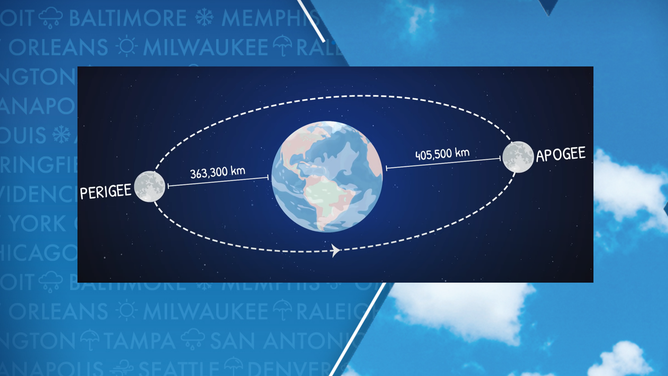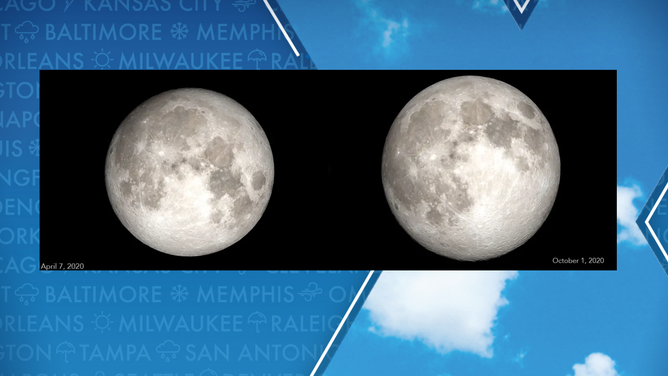What is a micromoon?
Approximately 25% of all full and new Moons are supermoons, and another fifth are micromoons. The distance between Earth and a supermoon is less than 230,000 miles, while a micromoon is more than 250,000 miles from the center of Earth. NASA says a supermoon can appear 14% larger and about 30% brighter than a distant micromoon.
2024 Moon phases for the Northern Hemisphere
NASA produced rendering of the Moon's phases during 2024.
Every stargazer has heard of the term supermoon – it’s when the lunar body is closest to Earth and is either at full or new stage – but did you know there is terminology to describe the Moon when it reaches its furthest point from Earth? It’s called a micromoon.
The two stages of the Moon are possible due to its elliptical orbit and enable it to reach points known as a perigee, or its closest position to Earth, and an apogee, or what is known as its furthest distance from the planet.
There is a substantial difference between the two positions, but the visibility and effects on Earth are rather mute compared to what happens in outer space.
NASA estimates the distance between Earth and a supermoon is less than 230,000 miles, while a micromoon is more than 250,000 miles away.

Distance between Earth and a supermoon and a micromoon
(NASA)
This difference in distance leads to the full moon appearing to be upwards of 14% larger and some 30% brighter when the two extremes are compared.
While the numbers sound impressive, stargazers are generally less enthused about the difference and are just excited to see the Moon in all of its glory.
SEE THE OBJECTS HUMANS LEFT BEHIND ON THE MOON
The terms supermoons and micromoons are not part of any official scientific terminology but have become widely used in recent years to describe celestial events.
Despite the attention a supermoon receives, the events don’t vastly outnumber micromoons during a year.
According to astronomical data, full supermoons occur three to four times annually, while micromoons account for two or three of the full moon cycles.
Aside from the changes in the sky, Earth exhibits some tidal fluctuations during both events.

Micromoon photo versus supermoon photo
(NASA)
According to NOAA, when the moon is in a phase that is closest to Earth, the increased gravitational pull leads to augmented tides.
These higher water levels have become known as King Tides and can lead to flooding along beaches and waterways, especially in the mid-Atlantic and Southeast.
The combination of a King Tide and storm surge created by a hurricane can lead to the ocean level rising several feet, inundating coastal communities.
During the micromoon phase, the gravitational force is significantly less, and tidal ranges drop below what is considered average.
SPACECRAFT CAPTURES PHOTOS OF NEW CRATER ON MOON LIKELY CREATED BY FAILED RUSSIAN MISSION
